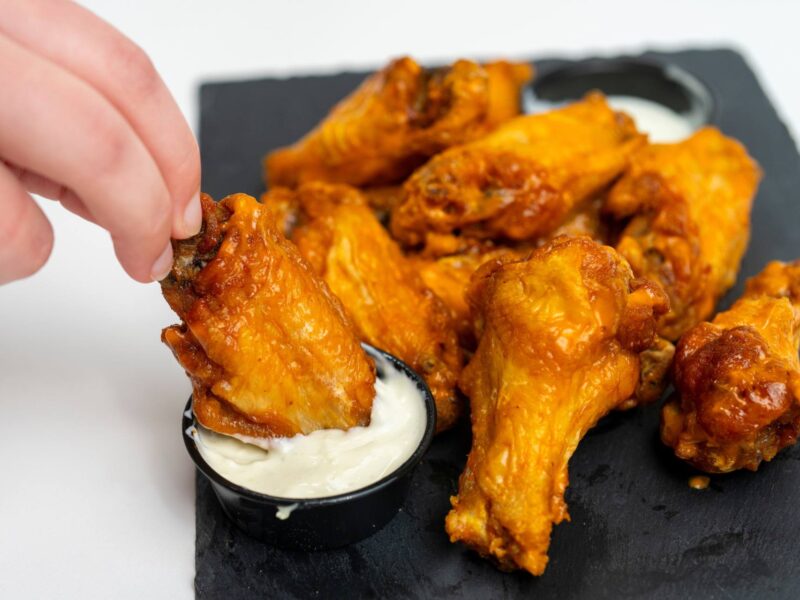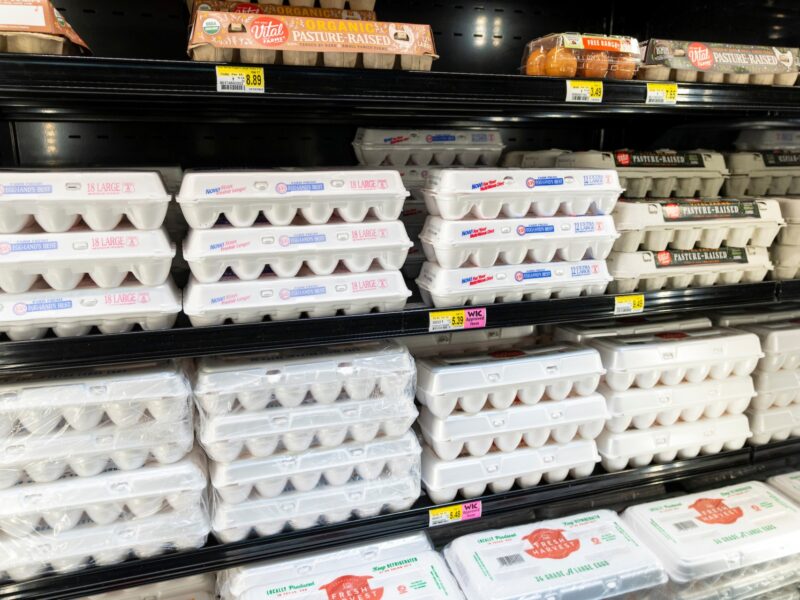Severe Drought Among Factors Driving Meager Crawfish Harvest, Higher Prices

Although Texas crawfish farmers emerged from a challenging growing season slightly better off than producers in Louisiana, 2024 is shaping up to be a dismal crawfish season for producers and consumers alike, according to a Texas A&M AgriLife Extension Service expert.
Dr. Todd Sink, AgriLife Extension aquaculture specialist and director of the AgriLife Extension Aquatic Diagnostics Lab, Bryan-College Station, said that while both states dealt with severe drought and record-breaking temperatures, Louisiana, the nation’s top crawfish producer, also had to contend with the added impacts of disease and invasive species.
White spot syndrome, a lethal virus affecting only crustaceans, was first confirmed in Louisiana in 2007. Since then, Sink said cases have been reported annually. The U.S. Department of Agriculture’s Animal and Plant Health Inspection Service has not received any reported cases of white spot syndrome in Texas crawfish at this time.
Louisiana crawfish production has also been hit by invasive apple snails, Sink said. These snails damage rice crops in crawfish ponds, reducing harvestable rice yields and competing with crawfish for the limited rice stubble forage, he said. The competition for resources further reduces crawfish growth rates.
While the invasive snails are present in several watersheds in Texas, they aren’t yet having the same impact on the state’s crawfish farms.
Drought, Temperatures Wreak Havoc Across Both States
While Texas crawfish producers largely avoided the impacts of disease and invasive species, they weren’t immune to the record-breaking temperatures and extreme drought seen during the summer of 2023.
As temperatures warm during the summer, crawfish burrow several feet into the ground to access cooler temperatures and moisture. This is especially important for crawfish grown in rice fields that are drained for rice production or harvest.
“Adequate ground moisture and humidity during the summer is critical for survival rates, and we just didn’t get enough rainfall to help with the excessive heat,” Sink said. “Not only was there not enough ground moisture, but soil temperatures also were reported as high as 140 degrees in some areas.”
He said as dark soil high in organic matter dries, it absorbs solar radiation and becomes warmer than the surrounding air temperature, essentially trapping and baking the crawfish in their burrows.
“Because there are crawfish farmers in Texas who aren’t necessarily focused on rice production, they use a longer-term flooding cycle than what is typically seen in Louisiana,” Sink said. “That helped mitigate soil temperatures and some loss, but the industry still struggled.”
Additionally, Sink said a hard freeze in Southeast Texas and Louisiana earlier this year impacted surviving crawfish that had begun to emerge from their burrows.
New Federal Assistance Available For Producers
Producers can find some assistance this year now that aquaculture species like crawfish are covered by the USDA’s Emergency Assistance for Livestock, Honey Bees, and Farm-raised Fish, ELAP. Sink said the program only covered sportfish production in the past but now extends to aquaculture species grown for food.
Through ELAP, eligible “fish” includes any species of aquatic organism grown as food for human consumption and reared in a controlled environment, which includes crawfish production.
“A lot of crawfish producers are still under the impression that they are not covered because crawfish are shellfish,” Sink said. “I highly encourage producers to reach out to their local USDA Farm Services Agency, FSA, if they need assistance.”
Because this change in legislation is so new, Sink said many county FSA offices are still learning the new guidelines that include crawfish.
Poor Season Impacts Consumer Wallets, But Some Relief Is Possible
Consumers are weighing their options when it comes to shelling out more money per pound for crawfish — if they can be found.
“Many retail outlets in Texas cities outside of the Houston or Beaumont area are simply listing crawfish as ‘not available’ or ‘out for the season,’” Sink said. “This leaves many major metropolitan consumption areas such as Dallas-Fort Worth and San Antonio largely without a supply of crawfish.”
Sink said demand and cost of crawfish typically surges around the Superbowl and Lent, the 40-day period beginning on Ash Wednesday and ending the Thursday before Easter.
Live crawfish in College Station were $6-$6.50 per pound compared to $3 per pound at this time last year. Boiled crawfish prices were $3-$5 higher per pound than last year. In College Station, boiled crawfish were around $10-$12 per pound while mudbug lovers in Dallas were paying upwards of $15-$18.99 per pound.
“The farther away you live from Louisiana and Southeast Texas, the more you’re going to pay for crawfish,” Sink said.
During a traditional season with normal production, he said prices typically drop during the midpoint of the season as more crawfish become available.
The price then ticks back up as the season ends around early summer, producers discontinue the harvest and the crawfish supply becomes more limited.
Market Trends
Texas ranks as the No. 2 crawfish producer in the U.S. with roughly 9,500 production acres, but the state still lags far behind Louisiana, which boasts more than 300,000 production acres.
While crawfish prices undoubtedly surged this year due to the limited availability, Sink said retail data collected from the Crawfish app indicates the overall cost per pound of live crawfish in Texas has trended upward 10-20 cents per pound over the previous five seasons.
This article by Sarah Fuller originally appeared on AgriLife Today.





